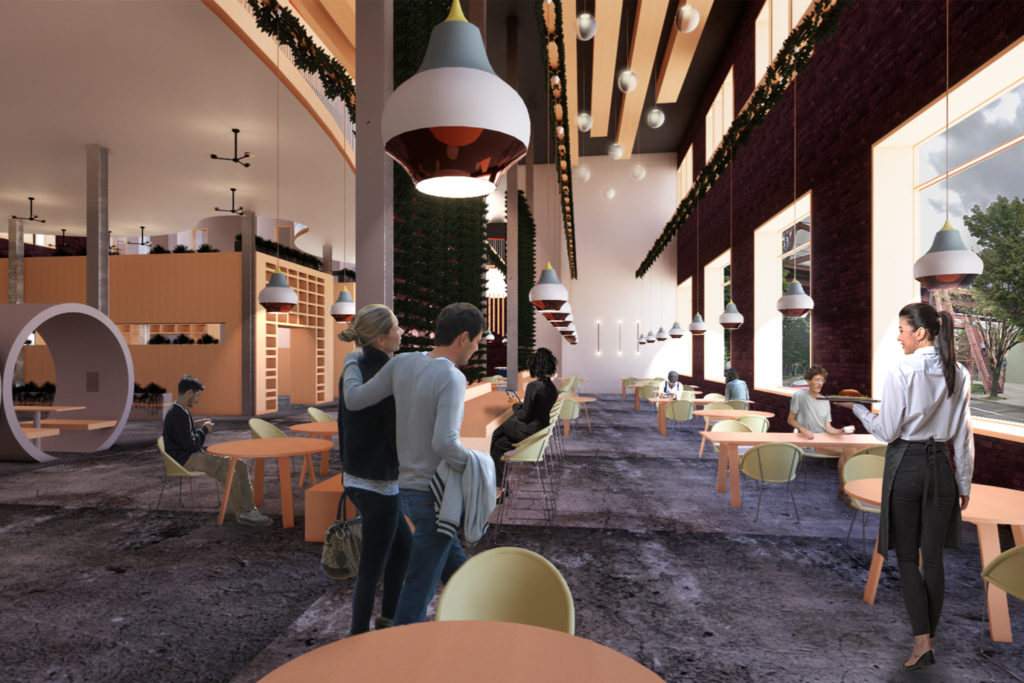
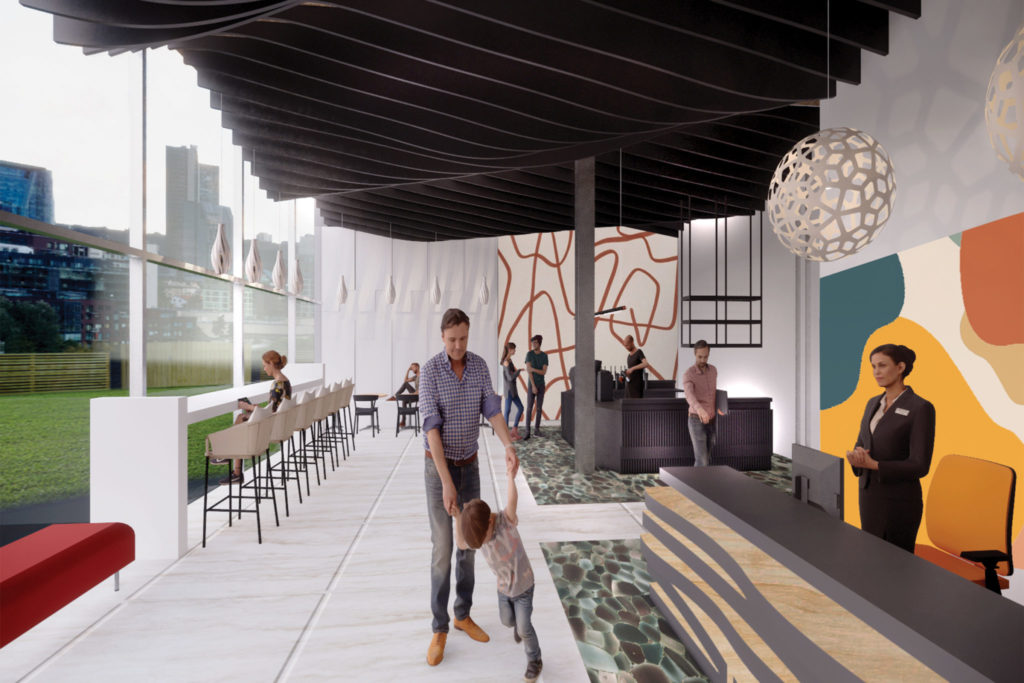
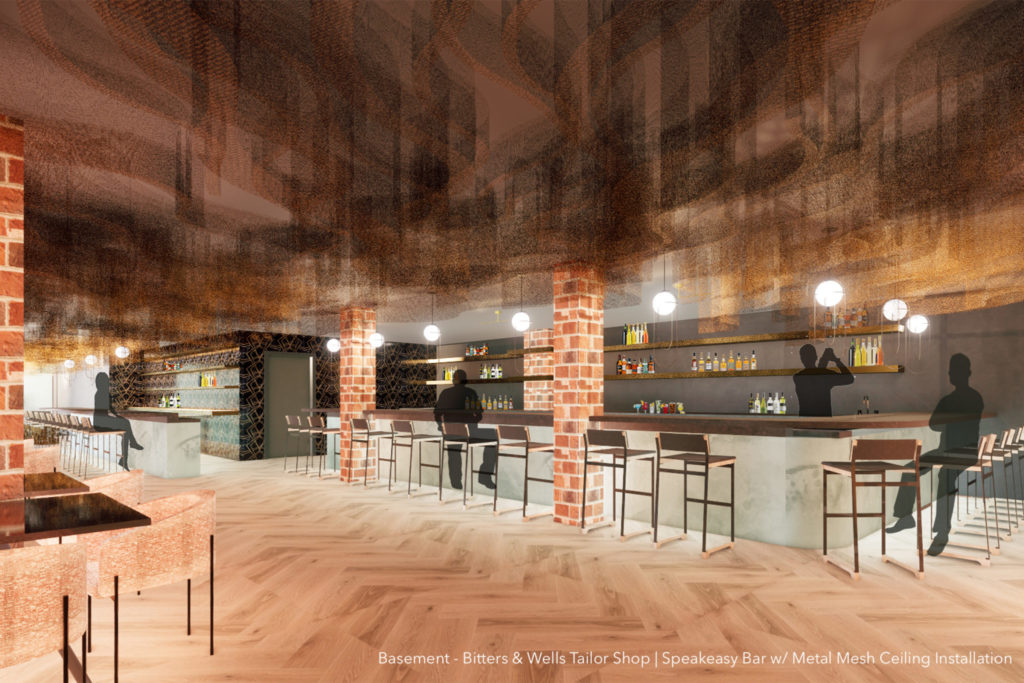
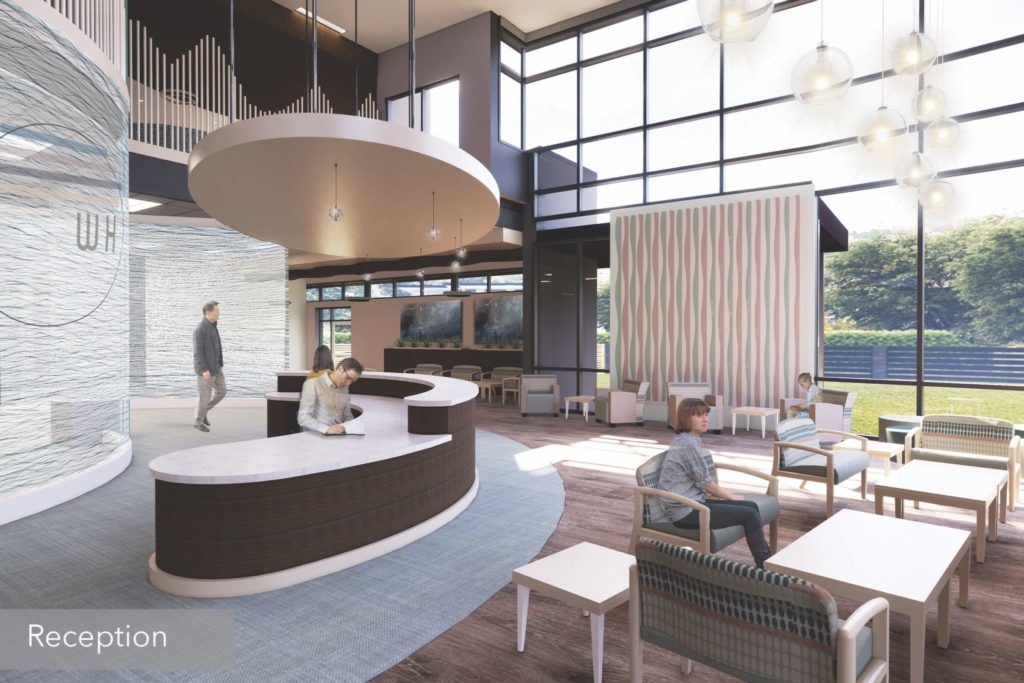


Each year, the Interior Architecture and Design program sponsors the Senior Show, an opportunity for seniors to present their semester capstone projects to friends, family, and professional firms.
After a semester full of uncertainties and event cancellations due to the COVID-19 pandemic, the faculty felt it was important to still offer their seniors the opportunity to show off their capstone projects. The result is a virtual Senior Show presented on the department’s website. Students worked hard to overcame many obstacles as they finished their projects from home.
Design challenge
The virtual show includes each student’s capstone poster with renderings, floor plans, and a description of their design. Each student was assigned to research and design an 80,000-100,000 square foot area that illustrates their ability to design complex, large-scale interior environments. Students also take into account the contemporary social and cultural issues and paradigms facing the profession in their designs.
Adjusting to virtual class
Pivoting from taking classes in person to finishing their courses online was a new obstacle for students and faculty to overcome.
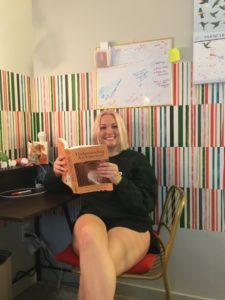
“Students were the heroes in this process!” said Jain Kwon, assistant professor in the Department of Design and Merchandising. “The software the students use, Revit, runs on a PC, and many have Macs. And most personal PCs don’t have the capacity to handle those large files anyway. That was the biggest challenge, along with a tight timeline.”
Not being able to access the Revit software remotely set students back from working on their projects for about two weeks. The College of Health and Human Sciences IT team came up with a technical solution for students to access software on the college’s computer labs remotely. This was a game-changer for students and faculty in many departments who rely on specialized industry software in the labs to complete their projects.
“A lot of the faculty has been extremely supportive,” said Kira Peterson, a student in the class who is applying for jobs in healthcare design. “Not only my capstone professor, but also past professors were able to help as well with any questions, materials selections, and how to utilize computer programs. When we first went to online school, there was about a two week period where I was unable to access my project, so being set back those two weeks was stressful. I eventually got access thanks to the IT program at CSU figuring out computer lab access and everything ended up working out perfectly.”
After students were able to access the Revit software, they were able to successfully complete their projects and have them included in the virtual show for friends, family, faculty, and firms to view.
“I was glad to see the students complete their projects – I was really proud while doing the final critiques,” said Kwon. “Before spring break, was the last time I met with students in person and the projects were in about the mid-phase. Since then, I gave them individual critiques remotely, and students did great work in their own remote-lab setting. I’m like a proud mom!”
Creating the virtual show
With the job market struggling to stay afloat and students disappointed that they were unable to participate in the Senior Show, Kwon started thinking about an alternative platform for posting student work that they could share with family, friends, and industry professionals. Kwon was also excited to be able to showcase student work on the department website.
She enlisted the help of Jennifer Garvey, assistant director of IT for web and business systems, and Gretchen Potts, web content strategist, in the College of Health and Human Sciences IT department. Garvey, Potts, and Kwon had several virtual meetings and mapped out what the Senior Show would look like on the website, also keeping electronic accessibility in mind.
Kwon knew it was going to be a lot of work, but she credits the students with helping the process run smoothly. “The students’ responses were very prompt. The alternative show was good motivation for them, as they were doing their best in the given situation.”
To help increase engagement for the virtual show, the IAD student organization sent out invitations to professional firms to review the students’ projects.
Managing the transition and future plans
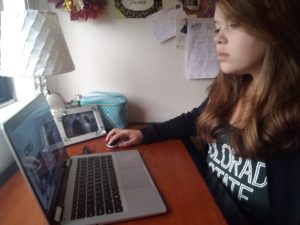
Moving to complete the semester online was an easy transition for Tanea Lunzer. She decided to download the programs and software that the department uses onto her personal computer back in the fall 2019 semester.
“That was the best decision I made all year. Since I already had the programs on my laptop going into the outbreak, it was no trouble at all to transition,” said Lunzer. “Working from home actually gave me more time to focus on my project especially in the final phase.”
Now that Lunzer has completed her degree, she is looking to work in New York City or Seattle at an international design firm.
But working from home proved to be a difficult task for some students. For Alea Schmidt, adjusting to doing homework at home was difficult. But setting up a space in her house to focus on homework helped her succeed in her studies.
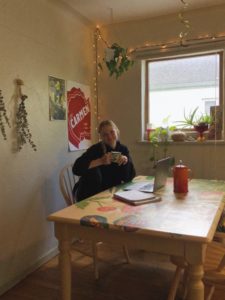
“As someone who always leaves the house to work on schoolwork, remote learning was a difficult transition for me,” said Schmidt. “I had utilized the library, Lory Student Center, Behavioral Sciences Building, and coffee shops all over Fort Collins to work on my homework so that when I’m home, I don’t need to think about it. Separating the two made me much more efficient and allowed me to plan my schedule for other fun activities. I tried to mimic this at home once quarantine began by setting up small areas in my house reserved only for working on homework.”
After graduating, Schmidt is planning on staying in Colorado and has been admitted to graduate school to continue her studies in interior design at CSU.
The Department of Design and Merchandising is a part of CSU’s College of Health and Human Sciences.